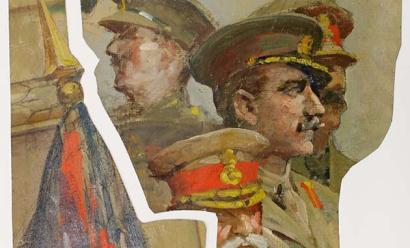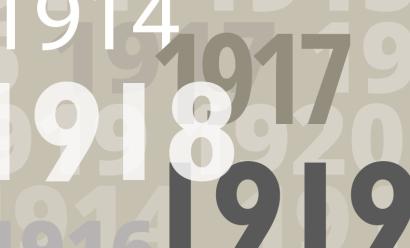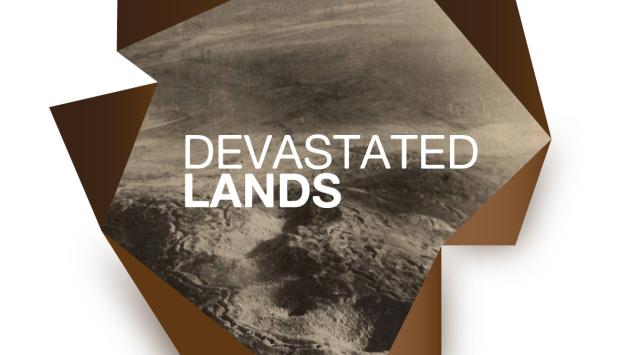
Memory Hall

At Mean Mule Distilling Co.
Thursday, Mar. 17, 5:30 p.m.
Modernist Happy Hour
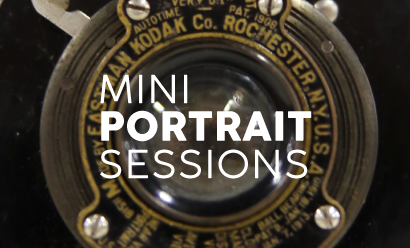
Members-Only Event
Monday, Mar. 14 - Noon - 6 p.m.
Member Perk: Mini Portrait Sessions
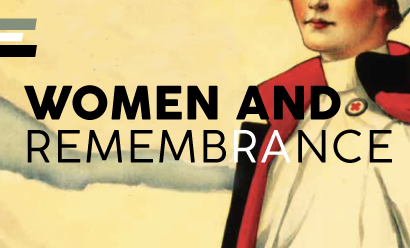
Online Event
Sunday, Mar. 6, 2 p.m.


